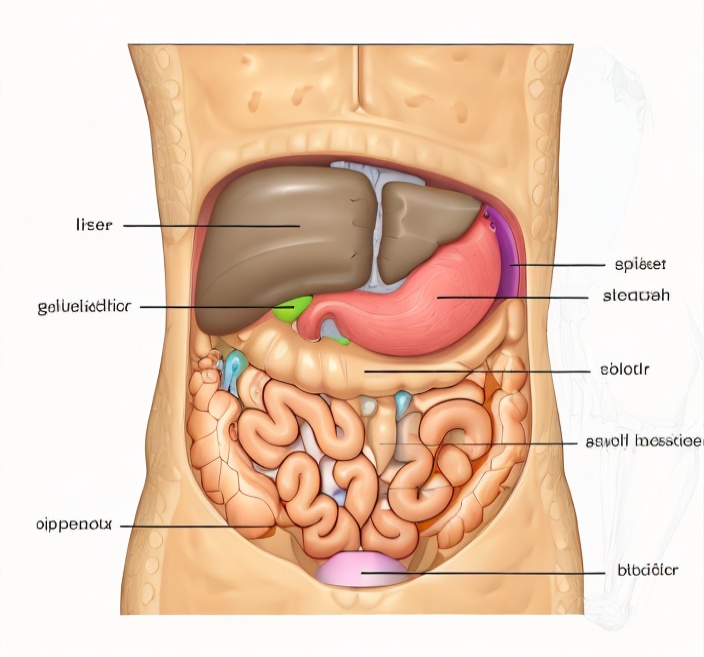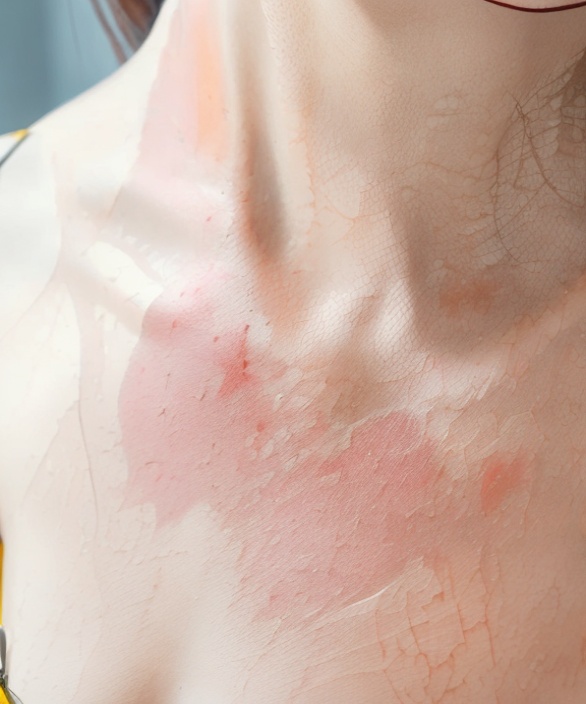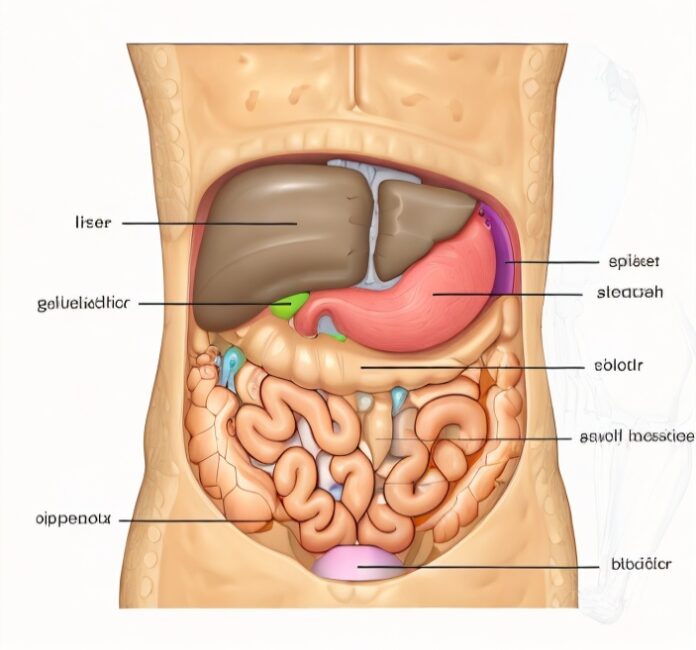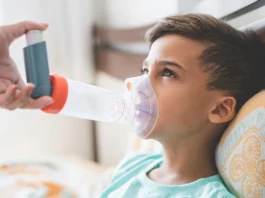Liver damage can manifest in surprising ways, and recognizing the early signs is crucial for timely intervention. The liver has an incredible capacity to heal itself if supported with the right measures. According to the American Liver Foundation, 25% of adults in the U.S. are affected by liver disease. While excessive alcohol consumption is a well-known cause, other factors such as processed foods, sugar, vegetable oils, overuse of painkillers, and certain viruses can also contribute. Let’s explore the 12 signs of liver damage and natural remedies to promote liver health.

1. Pale Stool
The liver produces bile to aid in digesting fats, which gives stool its typical brown color. A damaged or fatty liver may impair bile flow, resulting in pale or clay-colored stools. Floating stools can also indicate fat indigestion. If you notice these changes, consult a healthcare professional.
2. Poor Night Vision (Nyctalopia)
Difficulty seeing in low light could signal liver damage. The liver produces retinol-binding protein, essential for transporting vitamin A to the retina. Damage to the liver may lead to a vitamin A deficiency, affecting vision. If you’re experiencing poor night vision, it’s wise to get your liver checked.
3. Swollen Right Foot
Liver damage can lead to peripheral edema, or swelling in the feet and legs. This occurs when the liver fails to produce sufficient albumin, a protein that regulates fluid balance. Swelling is often more pronounced on the right side due to blood flow patterns.
4. Bumps Around the Eyelids
White or yellow bumps near the eyelids, called xanthelasma, are cholesterol deposits. These can form when the liver isn’t breaking down cholesterol properly. Don’t ignore this sign; it could indicate liver disease.
5. Right-Sided Pressure
A feeling of pressure under the right rib cage may stem from thickened bile blocking ducts connected to the gallbladder. This blockage can also affect the phrenic nerve, causing tightness in the right shoulder. Seek medical advice if you experience this symptom.
6. Purple or Red Skin Bumps
A damaged liver may fail to produce fibrinogen, a protein crucial for blood clotting. This can result in unusual purple or red spots, especially on the lower legs and arms. Poor blood circulation due to liver issues might also cause this symptom.
7. Cracked Heels
Vitamin B3 (niacin) is vital for skin health, and a damaged liver may deplete this nutrient as it works to repair itself. This can lead to dry, cracked heels—a subtle yet significant warning sign.
8. White or Swollen Nails
White or swollen nails can indicate severe liver scarring or cirrhosis. Nail clubbing, where the fingertips appear round and enlarged, may also point to liver disease. Monitoring nail changes alongside other symptoms is essential.
9. Dark Urine
Dark yellow or brown urine might suggest liver issues. The liver processes bilirubin, a pigment responsible for urine color. When the liver is damaged, bilirubin builds up in the body, darkening the urine.
10. Jaundice
Jaundice, characterized by yellowing of the skin and eyes, occurs due to excessive bilirubin in the blood. It often signals fat accumulation or liver dysfunction. This symptom warrants immediate medical attention.
11. Spider Veins
Small, web-like blood vessels on the skin, known as spider veins, can result from elevated estrogen levels linked to liver damage. They’re commonly seen on the face, legs, and feet and may indicate cirrhosis or hepatitis.
12. Itchy Skin
Liver damage can cause bile acids to accumulate under the skin, triggering intense itchiness. This is often accompanied by dry, flaky skin and may point to advanced liver problems.

How to Reverse Liver Damage
The liver progresses through four stages of damage: fat buildup, inflammation, fibrosis (scar tissue), and cirrhosis (irreversible damage). Fortunately, early intervention can stop and even reverse damage. Here’s how:
1. Drink Organic Coffee with Turmeric
Combine organic coffee with half a teaspoon of turmeric. Both contain compounds that reduce scar tissue and repair damage. Drink plenty of water (at least 1 liter daily) to aid bile production.
2. Avoid Inflammatory Oils
Eliminate seed oils like corn, canola, and soybean oil. Replace them with healthy fats like extra virgin olive oil, coconut oil, or butter, which have liver-protective properties.
3. Eat Sulfur-Rich Foods
Incorporate foods like garlic, broccoli, kale, eggs, and onions. These enhance glutathione production, a powerful antioxidant that supports liver detoxification.
4. Cut Processed and Sugary Foods
Avoid sugary drinks, snacks, and flour-based foods. These stress the liver similarly to alcohol. Instead, opt for whole, nutrient-dense options.
5. Take Bile Supplements
Supplements like purified bile salts or digestive enzymes containing ox bile can help dissolve fat and prevent gallstones. Consult your doctor before starting any supplements.
6. Practice Intermittent Fasting
Intermittent fasting reduces liver fat, improves insulin sensitivity, and lowers inflammation. It also activates autophagy, a process that removes damaged cells.
Take Action
If you recognize any of the signs mentioned above, consult a doctor for a liver function test. With proper care and lifestyle changes, your liver can heal and regain its health, ensuring a longer, healthier life.


